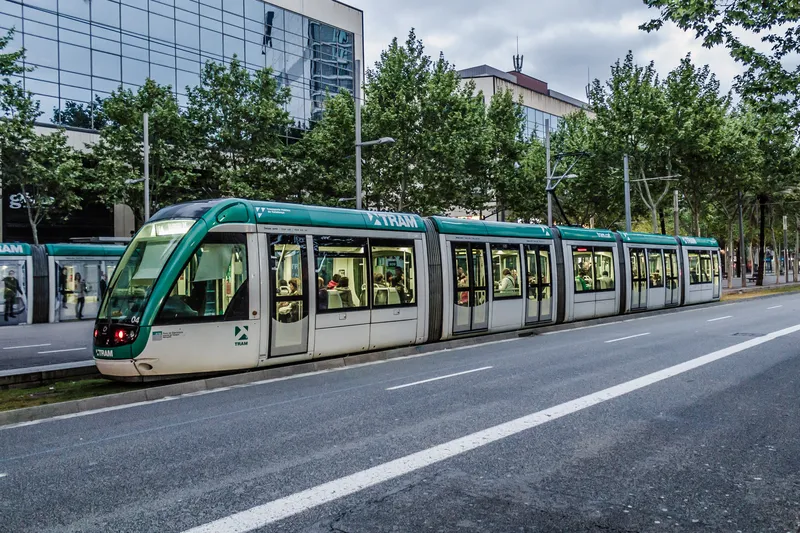Mexico City is to benefit from the latest public transport management technology, thanks to a contract recently awarded to Spanish consultancy and technology company Indra. The contract, valued at US$20.8 million, covers the supply, installation and commissioning of Indra’s comprehensive Operations Assistance System (OAS) for the city’s Metrobús system, together with technical support and maintenance for a period of ten years. The 95 km system has 151 stations and carries over 800,000 passengers per day.
June 26, 2013
Read time: 2 mins
Mexico City is to benefit from the latest public transport management technology, thanks to a contract recently awarded to Spanish consultancy and technology company 509 Indra.
The contract, valued at US$20.8 million, covers the supply, installation and commissioning of Indra’s comprehensive Operations Assistance System (OAS) for the city’s Metrobús system, together with technical support and maintenance for a period of ten years. The 95 km system has 151 stations and carries over 800,000 passengers per day.
Indra will implement the most advanced version of its OAS to manage the fleet of 377 buses that run on the Metrobús BRT reserved lanes. The solution includes sub-systems for programming, control, reconciliation and on-board video surveillance, as well as passenger information on board the vehicles and at the 151 stations via 235 multimedia information TFT monitors.
On-board management, control and GPS systems, mobile communication infrastructure, with GPRS, wi-fi and 3G technologies enable the buses to be located and managed in real time from a single control centre
The contract, valued at US$20.8 million, covers the supply, installation and commissioning of Indra’s comprehensive Operations Assistance System (OAS) for the city’s Metrobús system, together with technical support and maintenance for a period of ten years. The 95 km system has 151 stations and carries over 800,000 passengers per day.
Indra will implement the most advanced version of its OAS to manage the fleet of 377 buses that run on the Metrobús BRT reserved lanes. The solution includes sub-systems for programming, control, reconciliation and on-board video surveillance, as well as passenger information on board the vehicles and at the 151 stations via 235 multimedia information TFT monitors.
On-board management, control and GPS systems, mobile communication infrastructure, with GPRS, wi-fi and 3G technologies enable the buses to be located and managed in real time from a single control centre










